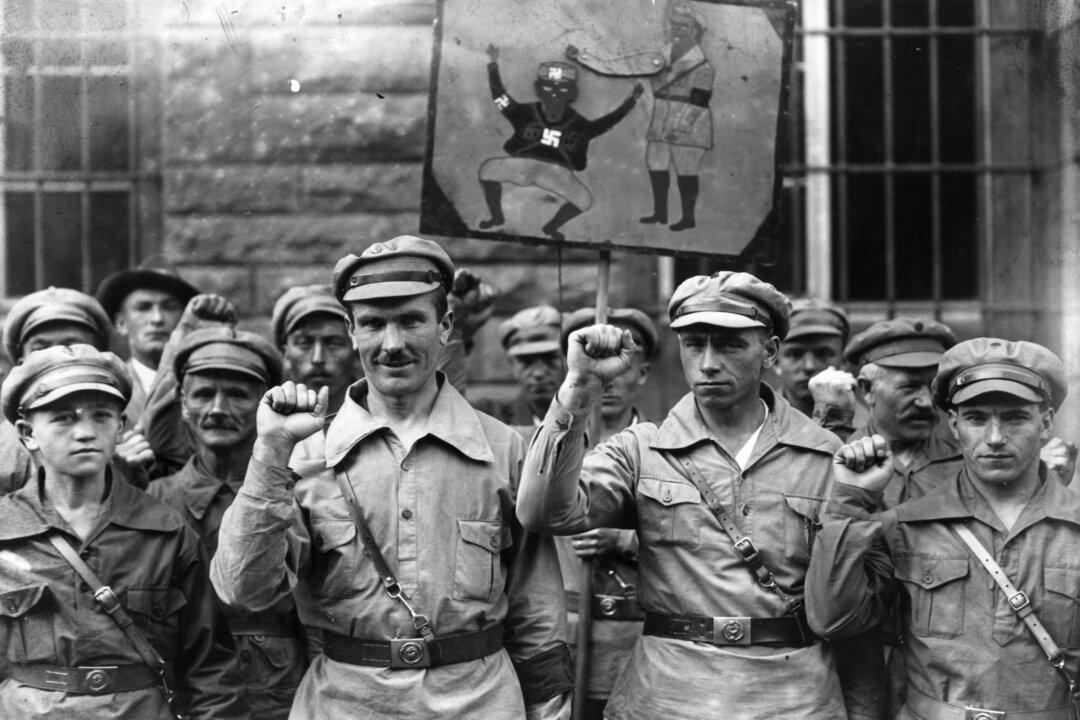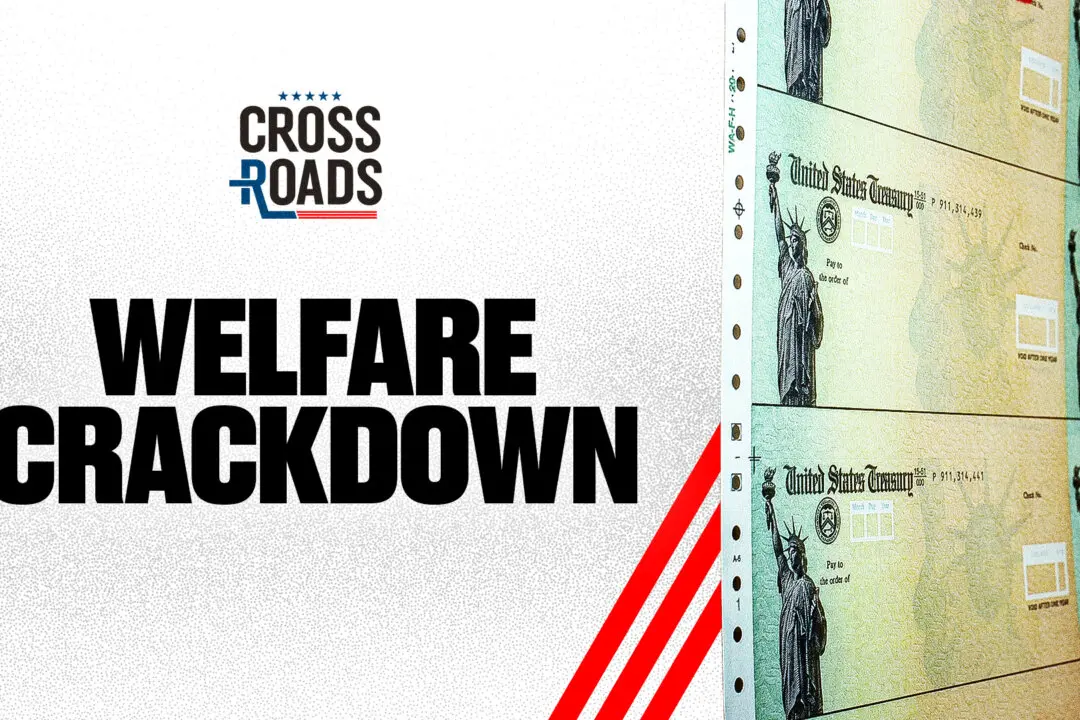The extremist anarchist-communist group Antifa has been in the headlines because of past violent clashes in Charlottesville, Virginia. Yet while the organization has been applauded by some left-leaning news outlets for including white nationalists and neo-Nazis in its list of targets, the organization wasn’t always about targeting “fascism,” as it claims.
The organization was initially part of the Soviet Union’s front operations to bring about communist dictatorship in Germany, and it worked to label all rival parties as “fascist.”





